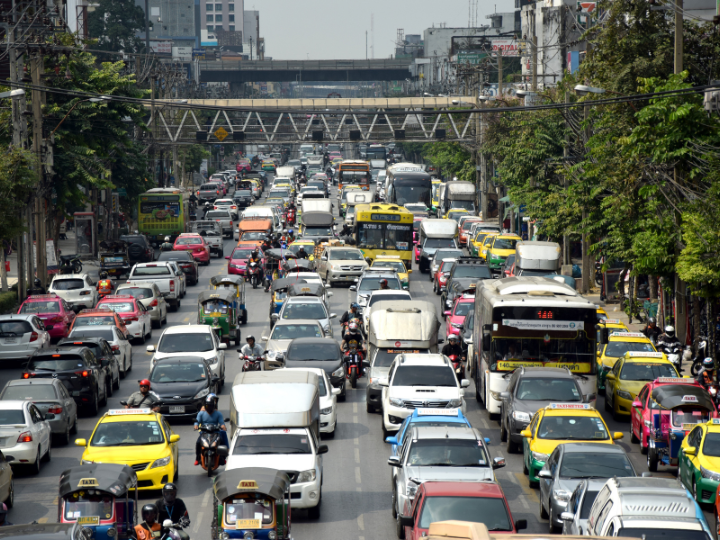Understanding the Role of Safety Tools in Road Construction
Safety is the cornerstone of every successful roadwork project in Australia. Whether it’s a small maintenance task or a large-scale infrastructure upgrade, managing traffic flow and protecting workers and road users is crucial. Well-planned traffic control ensures the smooth movement of vehicles while minimising risks associated with construction zones. The right combination of tools and equipment is essential to maintain order, visibility, and communication across all areas of the worksite.
The Importance of Using Reliable Traffic Management Equipment
Every roadwork project requires dependable traffic management equipment to maintain safe and efficient operations. This equipment not only regulates traffic but also helps in communicating critical information to motorists and pedestrians. Items such as traffic cones, signage, barricades, and temporary signals are designed to create a clearly defined work area, guiding road users safely around potential hazards. The reliability and proper use of these tools determine the effectiveness of any traffic control setup and ensure compliance with Australian safety standards and local council regulations.
Traffic Cones and Delineators: Directing Flow with Precision
Traffic cones and delineators are among the most common tools seen on Australian roads during construction or maintenance work. These lightweight yet durable markers help channel vehicles away from work areas, closed lanes, or hazards. Made from bright, reflective materials, they remain visible in all lighting conditions, including at night or during poor weather. Their strategic placement allows workers to define safe zones quickly, reducing confusion and keeping traffic organised throughout the project duration.
Warning Signs and Safety Barriers: Protecting Workers and Drivers
Warning signs and barriers serve as the first line of defence in maintaining road safety. They communicate essential messages such as speed limits, lane closures, detours, and upcoming roadwork. Temporary barriers, made from plastic or concrete, separate workers from active traffic lanes, offering physical protection against collisions. These structures not only prevent unauthorised entry into restricted areas but also reduce the likelihood of accidents caused by sudden lane changes or unclear routes.
Temporary Traffic Lights and Portable Message Boards
Technology plays an important role in modern roadwork safety. Temporary traffic lights are widely used to control one-way movements through narrow passages or single-lane zones. These automated systems minimise the need for manual direction and maintain consistent traffic flow. Similarly, portable message boards display real-time information such as expected delays or changes in road conditions. Their visibility and flexibility make them invaluable in managing large-scale or high-traffic projects where communication with road users is critical.
Personal Protective Equipment (PPE) for Workers
Worker safety is a fundamental aspect of any roadwork operation. High-visibility clothing, helmets, gloves, and protective footwear ensure that personnel are visible and shielded from potential hazards. Reflective vests and jackets allow drivers to easily spot workers from a distance, even in low-light environments. Proper use of PPE not only complies with Work Health and Safety (WHS) regulations but also builds a culture of safety awareness among teams on-site.
Lighting and Visibility Enhancements
Night-time or low-visibility roadworks require specialised lighting systems to maintain safety standards. Portable floodlights, flashing beacons, and illuminated signage ensure that both drivers and workers have clear visibility at all times. These lighting solutions are strategically placed to reduce glare while adequately illuminating the work area. Improved visibility reduces the risk of vehicle collisions and supports continuous work progress during night operations, ensuring efficiency without compromising safety.
Communication and Monitoring Systems
Reliable communication systems form the backbone of safe roadwork management. Two-way radios, GPS tracking, and real-time monitoring software allow supervisors to coordinate effectively with traffic controllers and on-site teams. This ensures that any changes to traffic flow, emergency responses, or equipment malfunctions are addressed immediately. Continuous communication helps maintain efficiency while minimising downtime caused by confusion or delayed instructions.
Compliance with Australian Standards and Regulations
Using approved traffic management tools ensures compliance with Australian Standards (AS 1742) and guidelines set by state transport authorities. These regulations dictate the design, placement, and usage of safety devices to maintain consistency across worksites. Compliance not only ensures worker and public safety but also prevents potential legal or financial penalties. Proper documentation, regular inspections, and maintenance of traffic equipment are essential to uphold these standards throughout a project.
Frequently Asked Questions (FAQs)
1. Why is traffic management equipment important for roadworks?
It ensures the safety of workers and motorists by controlling the flow of vehicles and clearly marking work zones, reducing the risk of accidents.
2. What are the most common tools used in traffic control?
Common tools include traffic cones, safety barriers, warning signs, portable message boards, and temporary traffic lights.
3. How do temporary traffic lights improve safety?
They automate the control of vehicle flow, especially in single-lane areas, minimising the need for manual direction and reducing the chance of collisions.
4. Are all traffic management tools required to meet Australian standards?
Yes, equipment must comply with Australian Standards to ensure it meets the necessary safety, visibility, and durability requirements.
5. What type of lighting is used for night roadworks?
Portable floodlights, flashing beacons, and illuminated signage are typically used to enhance visibility during low-light or night operations.
6. How often should traffic control equipment be inspected?
It should be inspected regularly before, during, and after use to ensure it remains in proper working condition and continues to meet safety standards.


